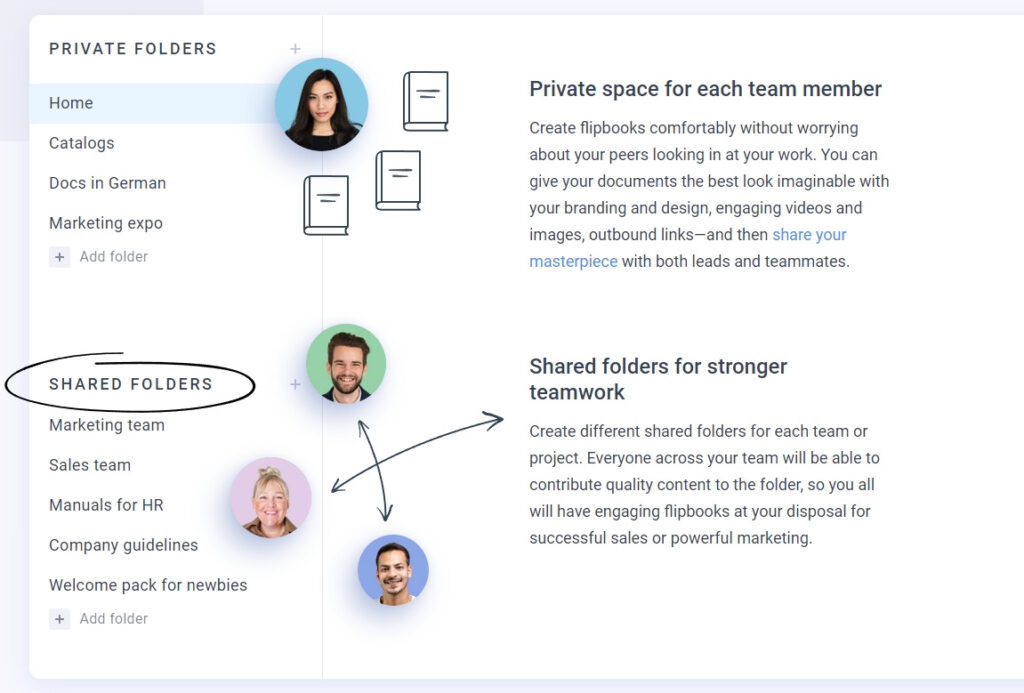20Shift: Your Daily Dose of Insight
Stay updated with the latest trends and news across various domains.
Chat or Not? The Great Team Communication Dilemma
Discover the secrets to effective team communication! Unravel the Chat or Not dilemma and boost collaboration like never before!
When to Chat: The Key Moments for Team Communication
Effective team communication is crucial for the success of any project, and knowing when to chat can make all the difference. One key moment for initiating conversation is during the brainstorming phase of a project. This is when ideas are fresh, and input from various team members can significantly enhance creativity. By discussing openly and encouraging contributions, teams can leverage diverse perspectives to innovate effectively. Another important timing is during project milestones. Regular check-ins or updates can ensure that everyone is aligned and any potential issues are addressed promptly.
Additionally, when to chat becomes particularly important during periods of conflict or confusion within the team. Addressing issues directly and promptly can prevent misunderstandings from escalating and help maintain a positive working environment. Utilizing communication tools strategically during times of high stress or urgency—such as when deadlines are approaching—also helps to keep the team focused and productive. Ultimately, recognizing these key moments for team communication allows for a more cohesive and effective collaboration.

The Pros and Cons of Instant Messaging in the Workplace
Instant messaging has transformed communication in the workplace by allowing for real-time interactions among team members. One of the most significant pros of instant messaging is its ability to foster quick collaboration. For instance, employees can share ideas, ask questions, and provide updates without the need for lengthy email exchanges, which can often cause delays. This immediate form of communication can enhance team productivity, as it minimizes the time spent on back-and-forth correspondences. Moreover, many instant messaging platforms offer features such as file sharing and integration with other productivity tools, making collaboration even more seamless.
However, there are also several cons associated with using instant messaging in the workplace. One major concern is the potential for distractions, as employees may find themselves interrupted by constant notifications and chat messages throughout the day. This can lead to decreased focus and an inability to complete tasks efficiently. Additionally, the informal nature of instant messaging can sometimes lead to miscommunication or misunderstandings, as tone and context may not always translate well through text. To mitigate these issues, some organizations establish guidelines for using instant messaging effectively, ensuring that it serves as a tool for productivity rather than a source of distraction.
Is Face-to-Face Still Necessary? Evaluating Virtual Communication Methods
The rise of technology has transformed the way we communicate, prompting a critical evaluation of traditional methods. Face-to-face communication offers unique benefits, such as non-verbal cues and deeper emotional connections that virtual platforms often struggle to replicate. However, with the advent of advanced virtual communication methods—like video conferencing and real-time collaboration tools—many are questioning whether in-person meetings are still necessary. These digital alternatives provide unprecedented flexibility, allowing individuals and teams to connect seamlessly across different locations without the constraints of travel.
Despite the undeniable advantages of virtual communication, particularly in terms of efficiency and cost-effectiveness, there are situations where face-to-face interactions remain irreplaceable. For example, critical negotiations, team-building exercises, and complex problem-solving discussions often benefit from in-person engagement. According to experts, a hybrid approach that combines both in-person and virtual meetings may offer the best of both worlds, ensuring that teams remain connected while leveraging the convenience of technology. Ultimately, the decision on whether to prioritize face-to-face communication will depend on the specific context and the goals of the interaction.